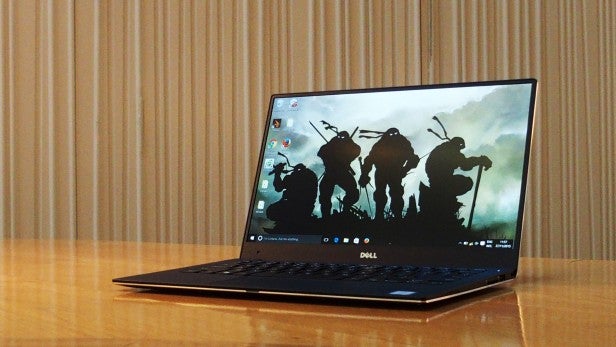Laptop Buying Guide: 3 tips to choose the right notebook
How do you choose a laptop from the hundreds on the market? Here are our top 10 tips.
Laptops offer brilliant portability and power, but they’re ultimately less flexible than a desktop. Once you’ve made your choice, you’ve made it.
You could just decide upon a budget and grab whatever a big manufacturer such as Dell, Lenovo, HP, or Acer is selling for that price, but what if the machine doesn’t do what you want? What if the keyboard or screen isn’t right, or it doesn’t have all the ports you need? You can’t just swap out your keyboard monitor and while you can do things like upgrade the RAM or move up to a bigger or faster hard drive, doing those things is not as easy as it is on a desktop PC.
For this reason you need to think carefully about what you need your laptop for before you hand over your cash. In this buying guide, we’ll cut through some of the confusion by taking you through the different kinds of laptop available, providing an overview of the different specifications you’ll come across.
When you’re done, read our Laptop akku kaufen round-up
Video: How to choose a laptop
1. Pick a size
There’s no best laptop overall; it really depends on your own requirements and budgets, and size will play a big part in that.
Laptops tend to be divided into categories based on the diagonal size of their screens, in inches. This is because a laptop’s screen size also determines the overall size of its chassis. A laptop with a huge 17-inch screen will be fantastic for work and gaming, and is likely to feature a decent-sized keyboard to make typing easier, but will be far bigger and heavier than a 13-inch model.
Akku Dell Latitude D630 are technically laptops, but most of them aren’t what you’d call portable
You need to think carefully about whether you’ll be travelling with your laptop or using it only at home; there isn’t much point buying an ultra-light 13-inch model (£500-£700 approx) if you’re going to use it on a desk at home most of the time. Likewise, a 17-inch powerhouse (around £600-£1000) makes a good replacement for a desktop PC, but is unlikely to fit in a rucksack, and if it did, you might not be happy with lugging around something that weighs something a little shy of 3kg, like Akku Apple A1321.
A 15-inch model (around £300-£500) offers a decent compromise between ease of use and portability: as long as it weighs around 2kg or less, you probably won’t mind taking it on the train. If you want something super-lightweight, opt for a laptop with a display of 11-13 inches.
2. Decide screen resolution
The size of the screen isn’t everything; resolution should also be taken into account. The minimum resolution you’ll generally find is 1,366 x 768 pixels. This is fine for the majority of tasks. It’s even possible to work on two applications side by side with this many pixels, especially since so many modern web pages reformat themselves to suit the available screen space.

The Akku Dell Latitude E5420 has a high-resolution 13.3-inch screen, which means you’ll have to scale it up to see it clearly
On laptops with smaller screens, a larger resolution doesn’t always mean more space. When a laptop has a greater number of pixels in a small area, the operating system has to scale everything up, or else text and icons would be too small to see properly.
There isn’t a huge amount more space for applications on a 15-inch laptop with a 1,920 x 1,080 screen than on a 15-inch model with a 1,366 x 768 screen. However, the higher resolution does mean that text and icons will be far smoother, and therefore easier to see.
To get an idea of exactly what it is you’re looking for in a screen, it pays to go into a store and try a few out. Your eyesight and working preferences will decide what sort of screen you go for.
3. Decide a form factor
Most laptops still offer a traditional clam-type design, with a screen that folds down onto the keyboard and touchpad. There are a few that buck the trend, however. Some laptops keep the traditional shape but add a touchscreen, which can be fun for creative tasks such as drawing or making music. Others have a touchscreen that can fold back behind the keyboard, turning the laptop into a tablet — these are typically called 2-in-1s.
For more information, visit: http://www.laptop-akkus.com/
Media Contact
Company Name: Quality Merchant Services
Contact Person: Leslie D Ferguson
Email: Send Email
Phone: 970-275-2377
Country: China
Website: http://www.laptop-akkus.com


